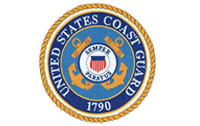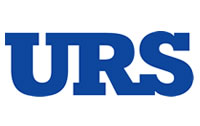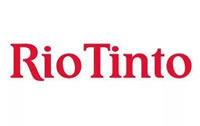Strike the right balance between staying aware but not always taking direct action; be a macro-manager.
This article is about dealing with two common refrains from supervisors and the workforce. “I hate being micro-managed” and “They don’t have a clue about what’s going on.”
When I was assigned to a Coast Guard cutter as the Engineer Officer (Chief Engineer) one of my first conversations with the Commanding Officer (Captain) was about this issue. In our conversation the Captain volunteered that he would always let me know before he walked through the engineering spaces on the ship. My response was that he was the Captain and he should go where ever he wanted, whenever he wanted. I explained that I wanted the Captain to walk through engineering spaces to see the crew at work. I wanted the crew to see the Captain, seeing them at work. I also had no issue with my department personnel telling the Captain about anything that was on their mind.
The only thing I asked of the Captain was that no matter what the conversation he might have with the crew, do not take action, or make any promises (safety or regulatory compliance issues were the exception). Any decisions or changes should be implemented through the leadership chain. I applied the same standard to myself regarding division officers and supervisors in my department. Being aware of issues and concerns, but not taking direct action, is the key to not being a micro-manager while being informed.
- Safety or regulatory compliance issue: Address those issues directly and immediately, and inform the leadership chain about what you observed and how you addressed it as soon as practical
- Clear policies, processes or procedures that you know the entire leadership chain is aligned with: In that case it’s fine to support the leadership chain by reiterating the policy, process or procedure.
In all other cases, let the manager or supervisor that has the responsibility for the issue know what you saw or heard. Do this without judgment or preconceived opinion. Remember that people sometimes embellish, or give you a one-sided view of the situation; particularly when they disagree with a supervisor’s decision. Just as you listen closely to the workforce, listen closely to the supervisor or manager that is responsible for the issue. Often times they already know about the issue, have already addressed it, or need something outside their ability to solve the issue. The manager’s role in that case is to support the previously stated position.
How often should a manager walk around? It depends on how well you understand what is going on. If things feel under control and the leadership team is doing a great job, then you don’t have to do it very often. But even when things are running great you should still walk around, once per month or so, letting the workforce know you see them and appreciate them. If you’re not confident that you know enough, then perhaps walk the plant twice per month.
Stay aware of the overall condition of the plant. Be in touch with the people who do the work; let them know they’re appreciated, and that you’re aware of the issues that concern them. Above all, build trust with supervisors and managers by depending on them. Be an aware macro-manager, not an unaware micro-manager.


















